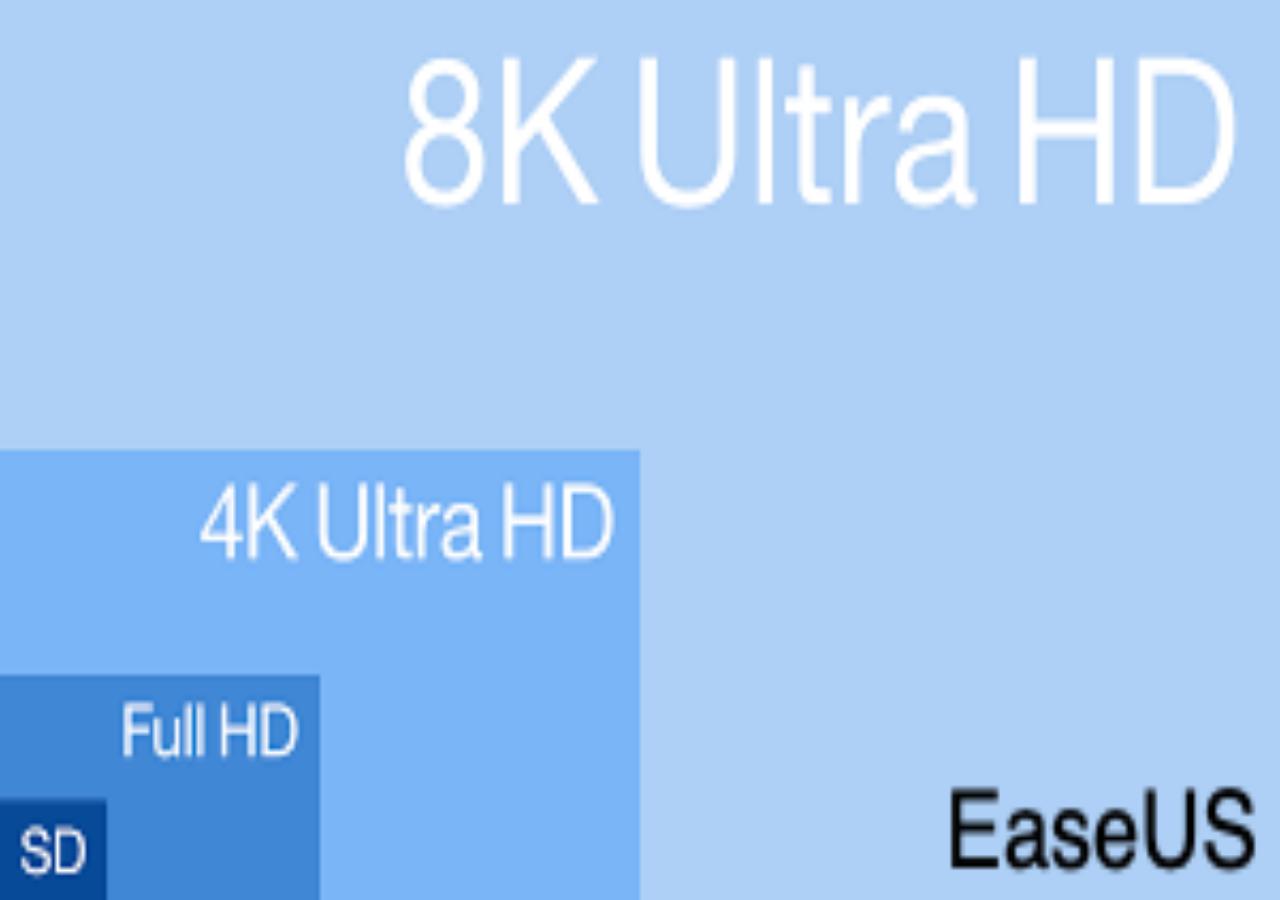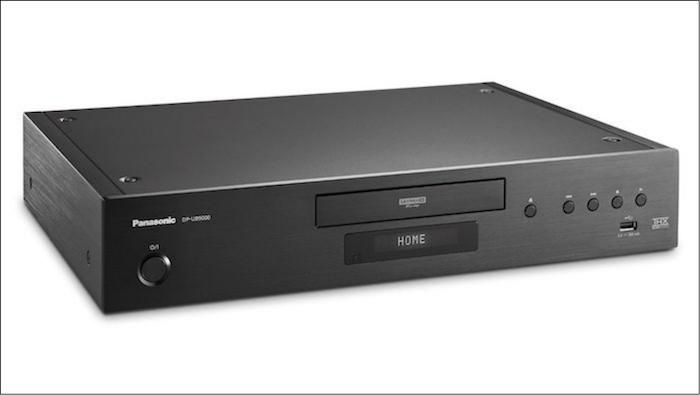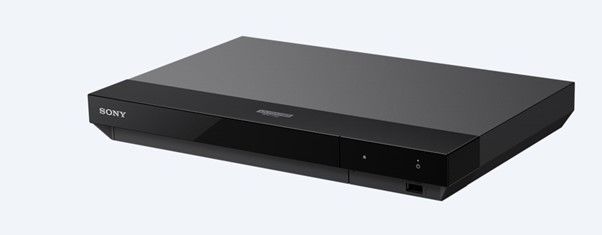Full-HD was the standard until recently. Full-HD TVs were the dream of most customers, from set-top boxes to Blu-Ray. This once-popular resolution became (slightly) outdated quickly. Today's resolution is 4K Ultra HD, and many new TVs and monitors have it, no matter the size.
What's 4K? What does it imply practically? Our article will explain the language and characteristics of a 4K device and its purpose. Learn about 4K devices here.

What Is 4K Ultra HD?
The term "4K resolution" describes a horizontal display with a resolution of exactly 4,000 pixels. There are a number of various 4K resolutions that are typically used in digital broadcast and digital filmmaking.
4K Ultra HD has four times the resolution of Full HD (1080p). By shrinking each pixel four times smaller, 8 million pixels may fit in the same area as 2 million on a Full HD TV. The outcome for the typical viewer? HDR (High Dynamic Range) is available on most modern TVs (more on that in a bit).
Since each pixel is smaller and given a little slice of a wider image, it doesn't make sense to boost the resolution on smaller displays. The additional pixels have a bigger effect on a large screen since you can cram more of them in. 4K TVs with screens less than 40 inches are rare.
What Is 4K Ultra HD Used for?
4K Ultra HD has several uses as listed below:
- With 4K, there are four primary resolution standards for home use: SD (480p/540p), HD (720p), FHD (1080i/p), and UHD (2160p).
- 4K Ultra HD resolution is used at home, 4K/UHD implies the TV's screen has a minimum resolution of 3,840 pixels wide and 2,160 pixels high, the same as two 1080p displays. Formerly known as "Quad HD", this standard is now adopted by all 4K televisions.
- Some projectors and many professional cameras use a resolution called 4Kx2K (4,096x2,160 pixels). It is also classified as 4K or Ultra High Definition.
- Professional photographers often use cameras with 4k resolution for greater results.
What Are the Advantages and Disadvantages of 4K Ultra HD?
As is the case with every newly significant advancement, there have been proven pros and cons associated with 4K Ultra Technology.
Pros of 4K Ultra HD:
- The latest TV visual technology.
- Its image quality is unmatched
- Samsung, Sony, LG, and Panasonic make them.
- There are no 4K TV channels yet, but the TVs can increase normal and HDTV and Blu-ray to near 4K resolution.
- The visual quality rivals 3D, but you won't need 3D glasses to watch movies and TV.
Cons of 4K Ultra HD:
- As a new idea and product, the first ones are pricey.
- Broadcasters may fear that not enough people can watch a 4K TV channel since it costs five times as much as an HD channel.
What Is the Future of 4K Ultra HD?
You may have a 4K TV from the beginning. Recently upgraded? Perhaps you still use 1080p. Whatever your screen, you've undoubtedly heard of 8K. It's the next resolution leap. Like 4K, it needs new technology.
8K is a better resolution than 4K. 1080p displays are 1,920 by 1,080. 4K televisions double the pixels to 3,840 by 2,160. 8K is 7,680 by 4,320. Four times as many pixels as 4K, or 16 times a 1080p TV. However, the world is not entirely ready for this jump; it may still 2 to 4 years for this transition to take place completely.
Recommendation of 4K Ultra HD Players
The top 4K Ultra HD Blu-ray players give the greatest image from movies and TV. 4K Blu-Rays' quality is crucial, but owning a movie library is also vital. Below we have a list of 5 best 4K Ultra HD Products.
1. Panasonic DP-UB9000
The DP-UB9000 is Panasonic's top 4K Ultra HD Blu-ray player, so acquire it if you have an excellent TV. It's well-made, well-equipped, and premium. DP-UB9000 is Panasonic's first UHD deck to support HDR10, HDR10+, HLG, and Dolby Vision.

2. Panasonic DP-UB820
The Panasonic DMP-UB820 is a mid-range 4K Blu-ray player that offers about every visual feature you might desire, including complete HDR compatibility.
3. Sony UBP-X700
Sony UBP-X700 is an economical 4K Blu-ray player. One of the best 4K players for the price. It's a lively, involved performance with detailed images.

4. Reavon UBR-X200 4K Blu-ray Player
For those looking to splurge, consider the Reavon UBR-X200, a high-end 4K Blu-ray player with a sleek design and military-grade build quality.
5. Sony UBP-X1100ES
UBP-X1100ES handles 3D Blu-ray, SACD, and DVD-Audio. It also supports HDR10 and Dolby Vision
Conclusion
Now that everything is about 4K Ultra HD, it is the right time to upgrade to 4K if you need a new TV. You can be confident a 4K TV you buy today will be ready for the future, and it's reasonable enough to be compared to 1080p TVs in pricing. Whatever your budget, you can get a 4K HDR-compatible TV.
Was This Page Helpful?
Updated by Tracy King
Tracy became a member of the EaseUS content team in 2013. Being a technical writer for over 10 years, she is enthusiastic about sharing tips to assist readers in resolving complex issues in disk management, file transfer, PC & Mac performance optimization, etc., like an expert.
Related Articles
-
What Is USB to HDMI Adapter? What Is It Used For?
 Larissa/2024-01-11
Larissa/2024-01-11 -
What Is Malware & Tips to Avoid Malware on Your Computer
 Tracy King/2024-06-27
Tracy King/2024-06-27 -
Rollback from Windows 11 to Windows 10 - 2 Methods
 Jean/2024-03-15
Jean/2024-03-15 -
JPG VS JPEG: What's the Difference
 Daisy/2024-01-11
Daisy/2024-01-11
